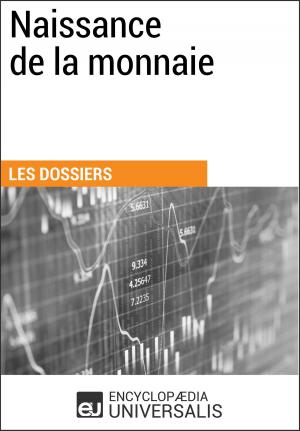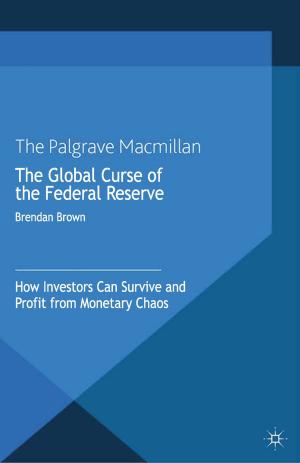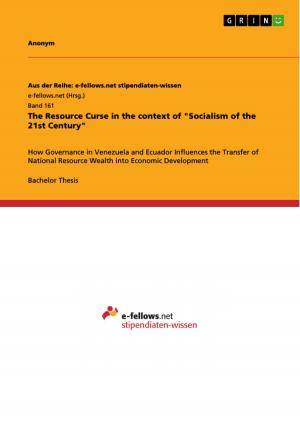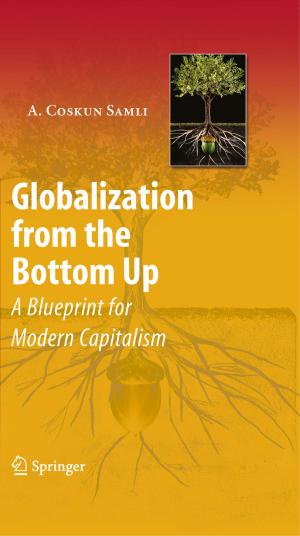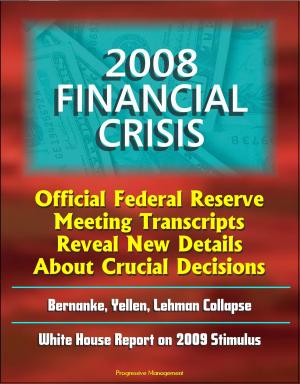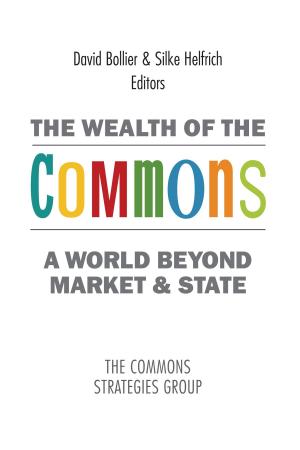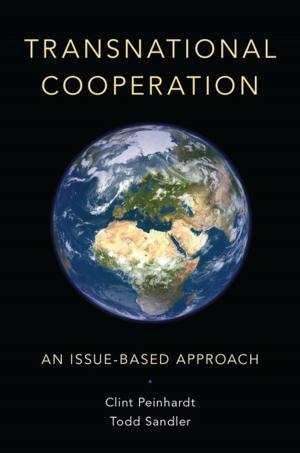Wealth Creation and Wealth Destruction
Nonfiction, Social & Cultural Studies, Political Science, Politics, Economic Policy| Author: | Artie Lees | ISBN: | 9781301545322 |
| Publisher: | Artie Lees | Publication: | July 12, 2013 |
| Imprint: | Smashwords Edition | Language: | English |
| Author: | Artie Lees |
| ISBN: | 9781301545322 |
| Publisher: | Artie Lees |
| Publication: | July 12, 2013 |
| Imprint: | Smashwords Edition |
| Language: | English |
When Adam Smith wrote ‘The Wealth of Nations’ he laid the foundations of modern economic theory by exploring the relationship between wealth and money. Over the years this theory has developed but it has almost exclusively concentrated on money at the expense of wealth. This is a pity as the concept of wealth fills some of the spaces a pure money centric theory leaves out.
‘Wealth Creation and Wealth Destruction’ returns to the concept of wealth and its relationship to money. In doing so the book presents a number of new concepts central of which is defining wealth in the form of time, the time to create on the one hand and its useful life on the other By defining wealth in these terms provides a constant which along with other tools provides a fresh look at the dynamics of an economy. These tools include an alternative driver for money supply growth- interest rates dividing the economy into two- the real and that based on assets and redefining the human driver in economics from best price to compromise.
The result is a theory that accommodates Keynesian, Monetarist and other established economic theories but provides its own unique insights including a previously unconsidered form of inflation that offers an understanding and mechanism for hyperinflation, the policy of price stability, the Fisher Effect and an explanation for growth.
Within this framework the economic consequences of value, risk, the savings industry, international trade, booms and bubbles and the markets in a wealth context are considered. Finally ‘Wealth Creation and Wealth Destruction’ considers the future of western societies from this perspective and suggests that without significant changes, these economies face a bleak future.
When Adam Smith wrote ‘The Wealth of Nations’ he laid the foundations of modern economic theory by exploring the relationship between wealth and money. Over the years this theory has developed but it has almost exclusively concentrated on money at the expense of wealth. This is a pity as the concept of wealth fills some of the spaces a pure money centric theory leaves out.
‘Wealth Creation and Wealth Destruction’ returns to the concept of wealth and its relationship to money. In doing so the book presents a number of new concepts central of which is defining wealth in the form of time, the time to create on the one hand and its useful life on the other By defining wealth in these terms provides a constant which along with other tools provides a fresh look at the dynamics of an economy. These tools include an alternative driver for money supply growth- interest rates dividing the economy into two- the real and that based on assets and redefining the human driver in economics from best price to compromise.
The result is a theory that accommodates Keynesian, Monetarist and other established economic theories but provides its own unique insights including a previously unconsidered form of inflation that offers an understanding and mechanism for hyperinflation, the policy of price stability, the Fisher Effect and an explanation for growth.
Within this framework the economic consequences of value, risk, the savings industry, international trade, booms and bubbles and the markets in a wealth context are considered. Finally ‘Wealth Creation and Wealth Destruction’ considers the future of western societies from this perspective and suggests that without significant changes, these economies face a bleak future.



